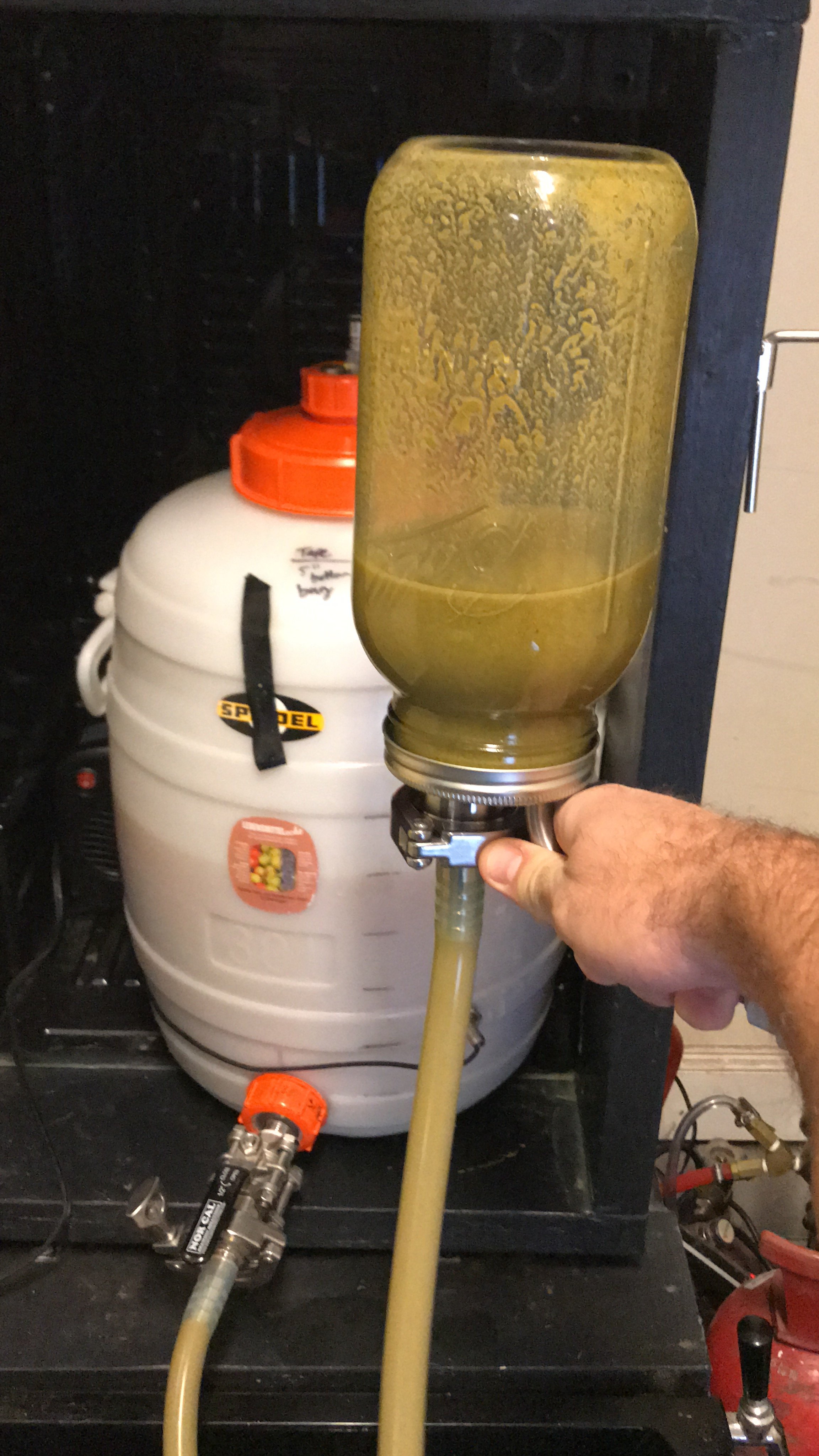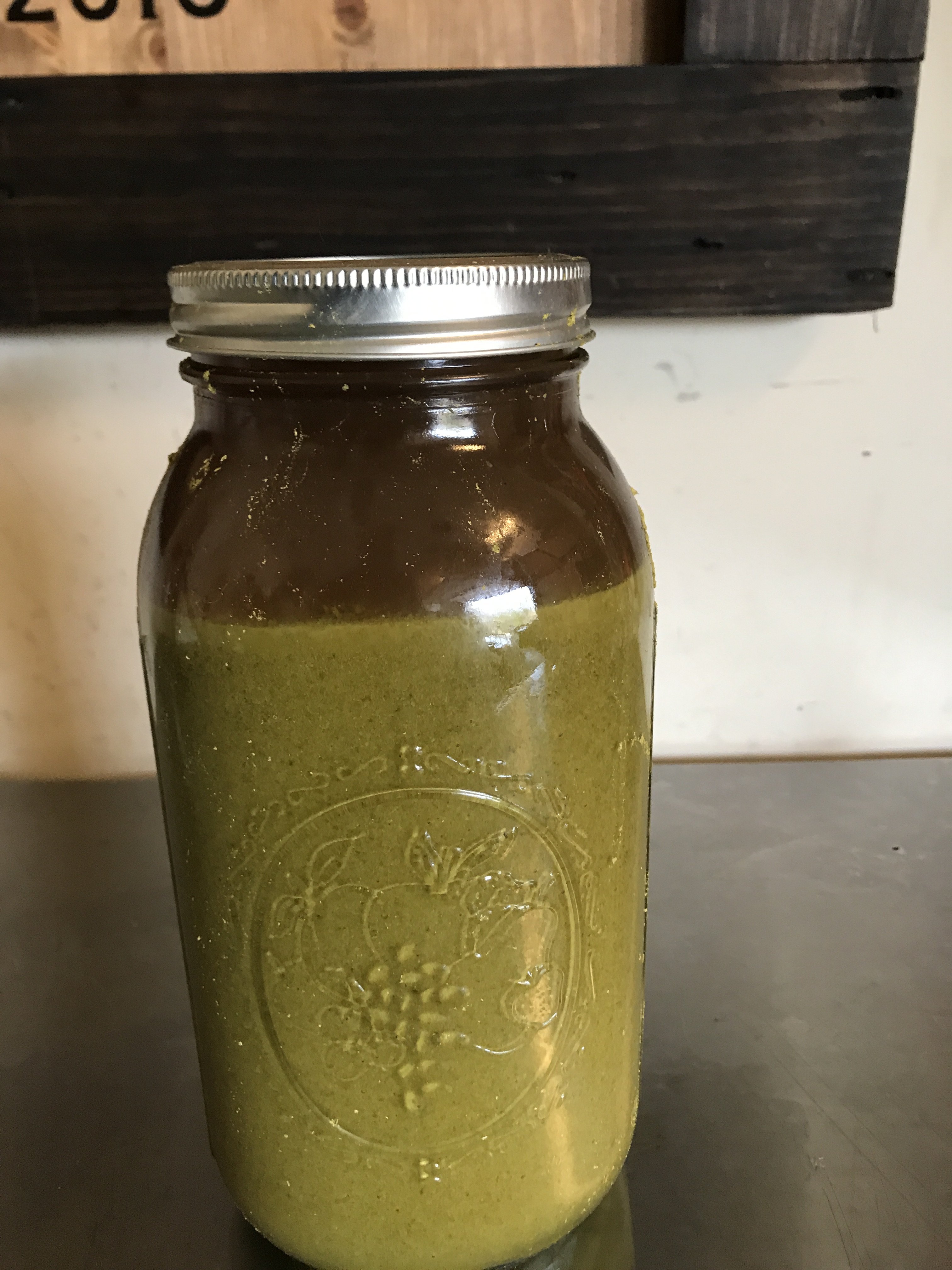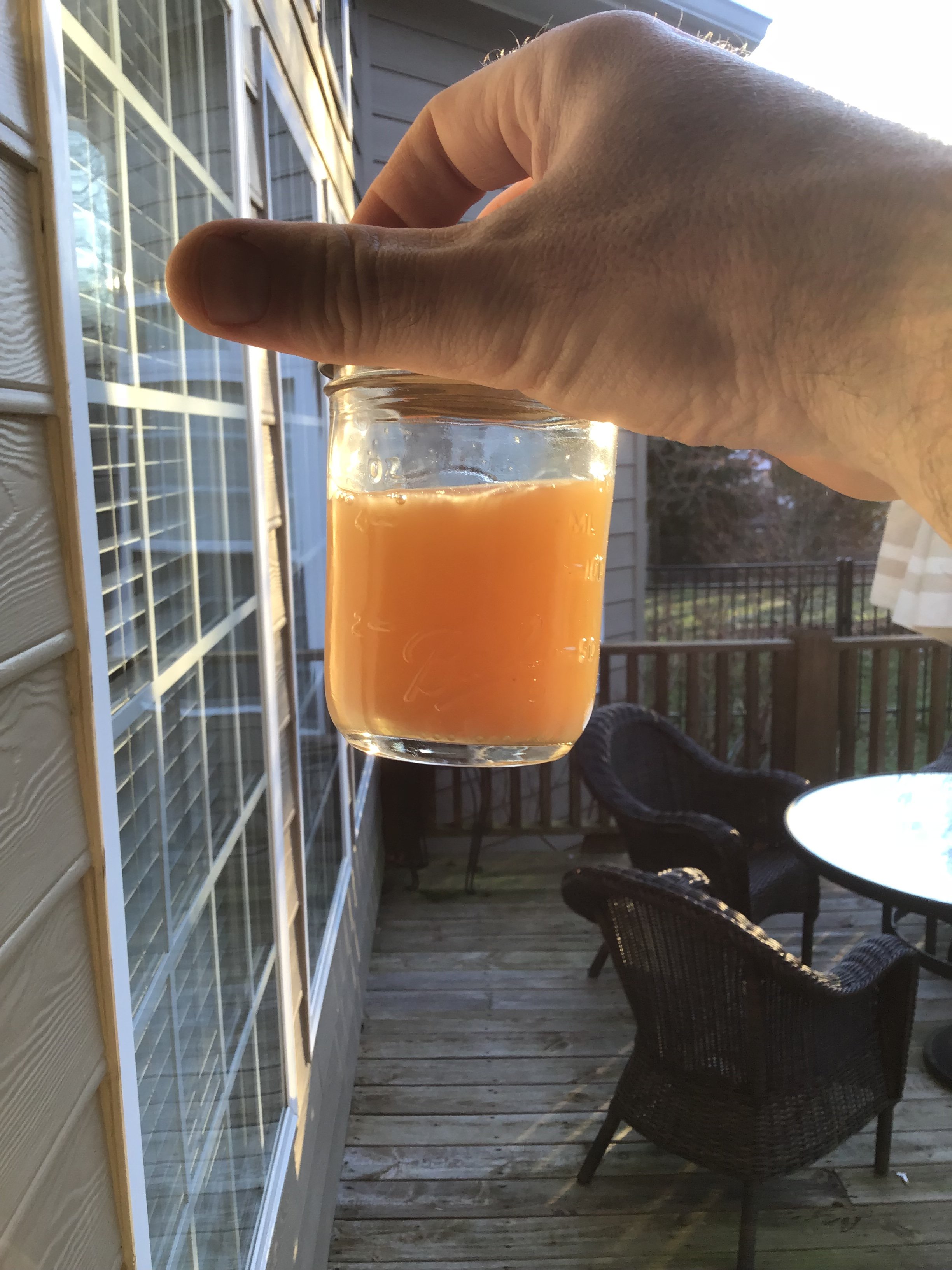SRJHops
Why did the rabbit like NEIPA's so much?
Those using 16-18oz hops, are those regular and/or cryo? I have a PowerPoint from head brewer of Pinthouse Pizza. Electric Jellyfish is 18oz regular hops in a 6gal batch. 4in boil/kettle. The calculation I have would convert to about 12oz Cryo/regular. The 4oz regular hops in boil/WP then 8oz Cryo hops in Dry Hop/DDH. This ends up like at $90 for a 6gal batch as is with 1oz single hop buys.
I use 18 ounces regular hops for a 6 gallon batch. Good to know that Pinthouse's Electric Jellyfish uses the same amount!
These NEIPAs are pricey! Our homebrew shop has some hops in larger packets, so that cuts the cost a little, but I am spending around $75 per batch. I get about 25 bombers, and I always figure it's still cheaper than $13 bombers of NEIPA I can purchase at the store!
I do always pay attention to the folks who say less hops is more, but I admit that so far my experience has been the opposite -- more hops gets me closer to Toppling Goliath and the extremely tasty local NEIPA's.





































![Craft A Brew - Safale BE-256 Yeast - Fermentis - Belgian Ale Dry Yeast - For Belgian & Strong Ales - Ingredients for Home Brewing - Beer Making Supplies - [3 Pack]](https://m.media-amazon.com/images/I/51bcKEwQmWL._SL500_.jpg)






















